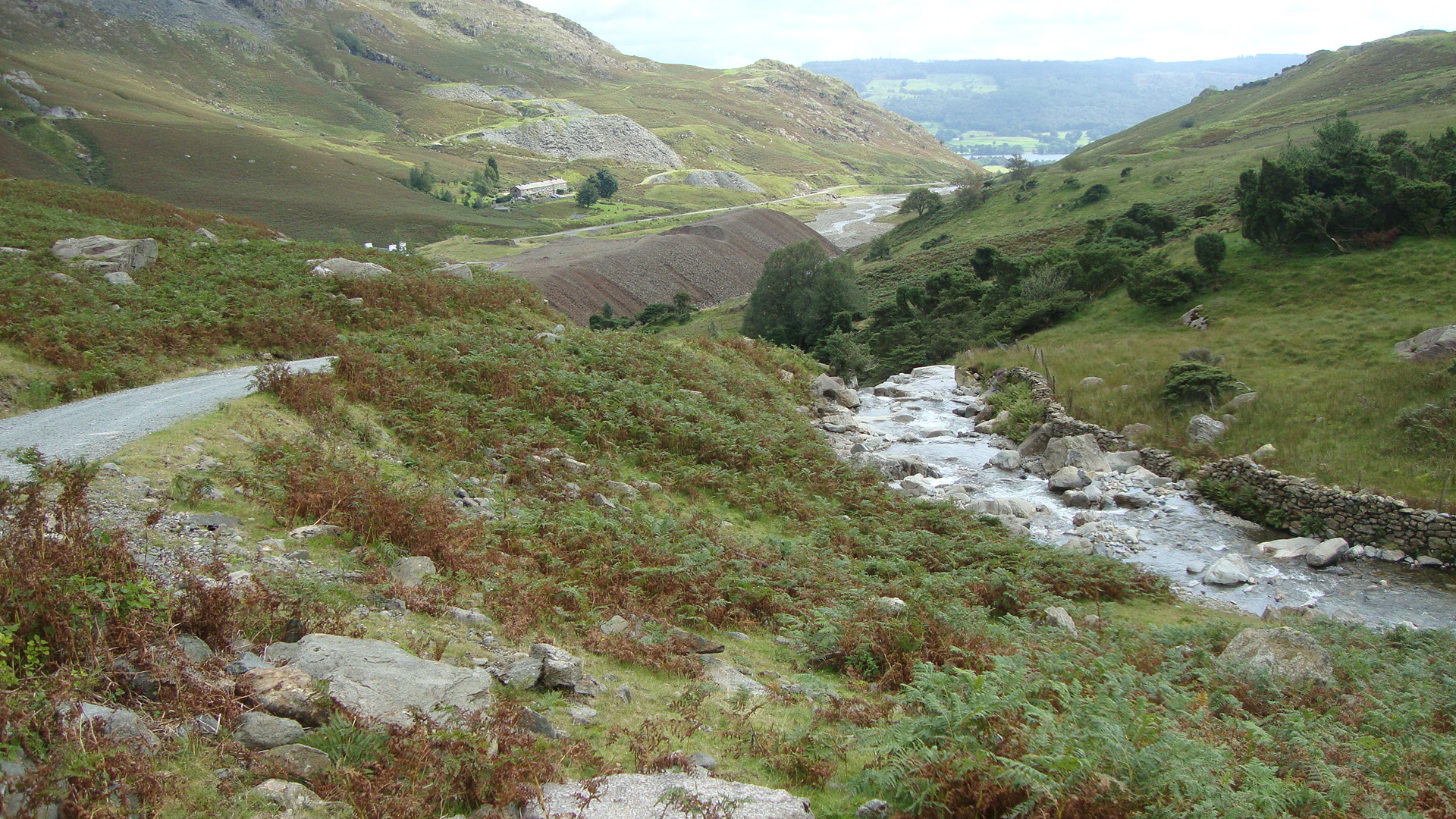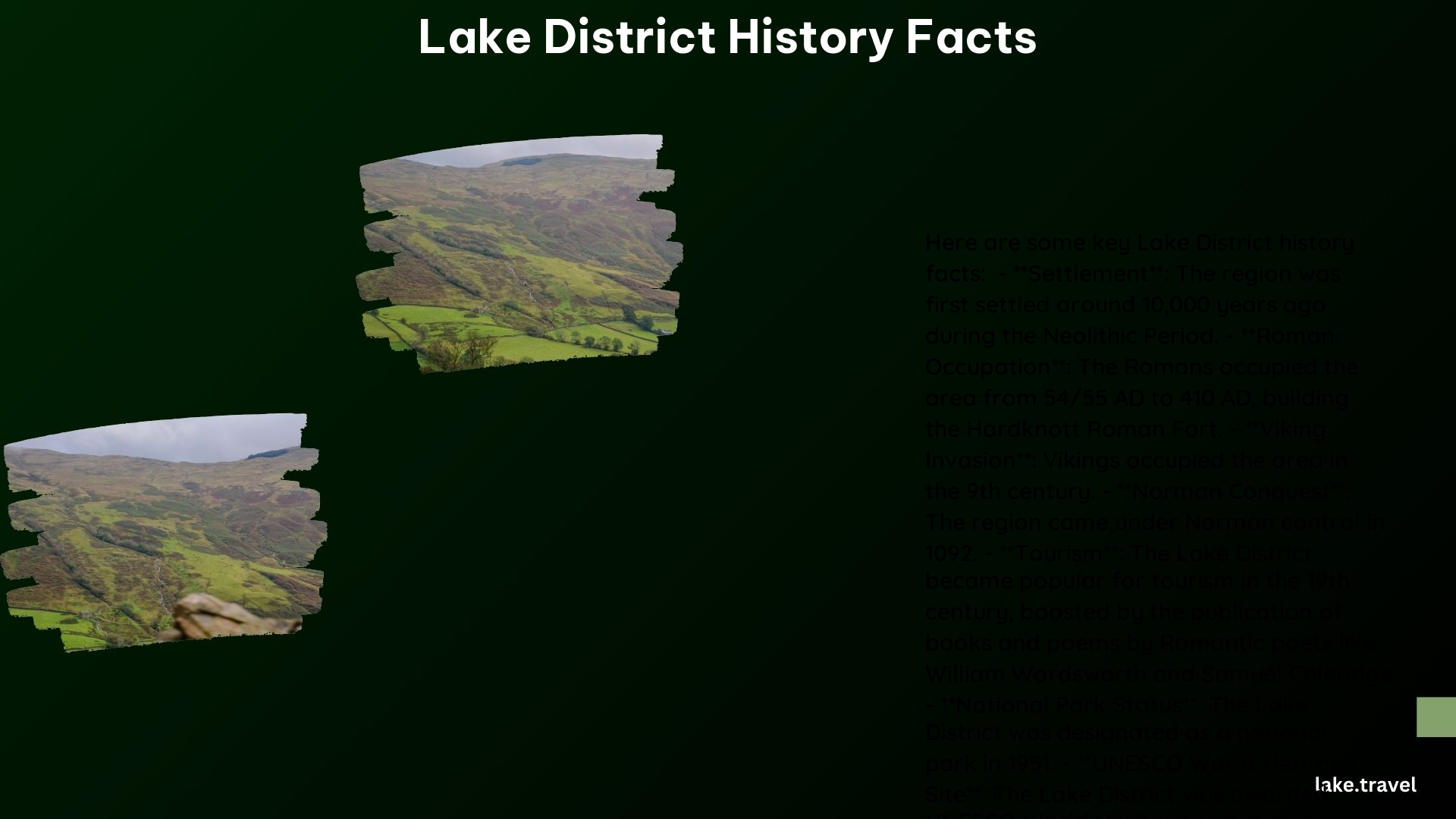The Lake District, located in Northwest England, is a scenic region known for its stunning natural beauty, rich history, and cultural significance. From its ancient geological formation to its literary influence, the Lake District is a treasure trove of fascinating facts that captivate visitors from around the world.
Formation and Geology of the Lake District

The Lake District’s landscape has been shaped over 500 million years through a combination of ocean floors, volcanic eruptions, glaciers, and meltwater. The region is characterized by a roughly circular upland massif, deeply dissected by valleys, and home to numerous lakes, tarns, and mountains.
Lakes and Water Bodies in the Lake District

The Lake District is home to over 30 lakes, reservoirs, and tarns larger than 0.1 km². While officially, there is only one lake in the Lake District, Bassenthwaite, the other bodies of water are referred to as ‘waters’, ‘tarns’, or ‘meres’. The largest lake is Windermere, which is over 11 miles long, while the deepest is Wastwater, at almost 80 meters deep.
National Park Status and Designation
The Lake District received national park status on August 13, 1951, becoming England’s second designated national park. This recognition has helped to preserve the region’s natural beauty and cultural heritage for generations to come.
Historical Significance of the Lake District
The Lake District has a rich history, with evidence of settlement dating back to the Neolithic Period, around 10,000 years ago. The Romans also had a presence in the region, building the Hardknott Roman Fort, which is now the best-preserved Roman fort in the UK. The Lake District was also a significant inspiration for Romantic poets like William Wordsworth, who wrote “Guide to the Lakes” in 1810.
Wildlife and Conservation Efforts in the Lake District
The Lake District is home to a variety of rare and protected native animals, including red squirrels, red deer, Peregrine falcons, barn owls, Natterjack toads, Golden Eagles, and Ospreys. Conservation efforts, such as those led by Beatrix Potter, have helped to preserve the pristine landscape and views of the region.
Tourism and Economic Activity in the Lake District
The Lake District is a popular tourist destination, attracting almost 15.8 million visitors every year. Before the 1870s, the primary economic activity in the region was agriculture, particularly sheep farming. The Lake District is still known for its Herdwick sheep and has a rich cultural heritage, with many literary and artistic connections.
Miscellaneous Facts about the Lake District
In addition to the above, the Lake District has several other notable facts:
- The Lake District was awarded UNESCO World Heritage status in July 2017.
- Scafell Pike, the highest mountain in England, reaches 3,210 feet above sea level and offers far-reaching views on clear days.
- The region is famous for its Cumberland sausage, which is listed on the official protected foods list, and its unique sticky toffee pudding.
The Lake District’s rich history, stunning natural beauty, and cultural significance make it a truly unique and captivating destination for lakes touring enthusiasts. Whether you’re interested in the region’s geological formation, its literary connections, or its diverse wildlife, there is something for everyone to discover in this remarkable corner of England.
References:
– https://another.place/blog/10-things-you-didnt-know-lake-district
– https://funworldfacts.com/lake-district-england/
– https://en.wikipedia.org/wiki/Lake_District
– https://www.lakelovers.co.uk/blog/a-brief-history-of-the-lakes/
– https://www.annshill.co.uk/10-facts-about-the-lake-district/
